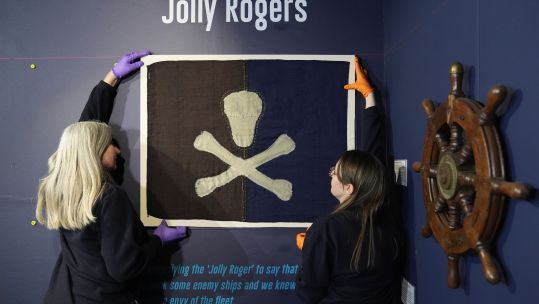
Jolly Roger flag from First World War to be hoisted at Royal Navy Submarine Museum
The flag is believed to be to oldest surviving one of its kind - and has nothing to do with piracy typically associated with the symbol.

The flag is believed to be to oldest surviving one of its kind - and has nothing to do with piracy typically associated with the symbol.
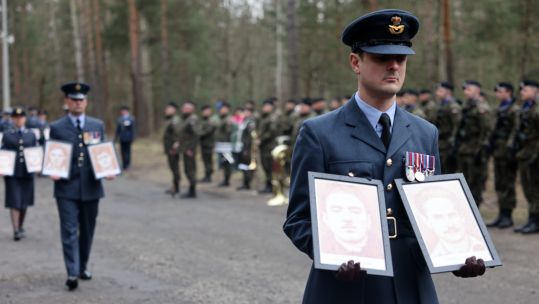
The poignant service included RAF personnel slowly parading the portraits of the 50 men who were recaptured and executed.
Personnel from several nations pay respects in Poznan, Poland.
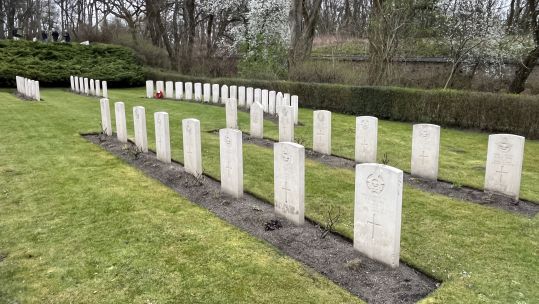
Breakout survivor, Desmond Plunkett, made the accusation in a post-captivity questionnaire held for decades by the National Archives.

Events held in Poznan and the site of Stalag Luft III mark the escape of 76 Allied PoWs – and the murder of 50 who were recaptured.

Up to 22,000 servicemen took part in Britain's early Cold War nuclear testing and want to settle their claim with the MOD.

This Cold War-era weapon is still in widespread use on the modern battlefield due to its robust design and innovative shaped charge warhead.

From oysters to Cachaça, the ceremony of paying the Constables' Dues has been a time-honoured tradition spanning over 700 years.
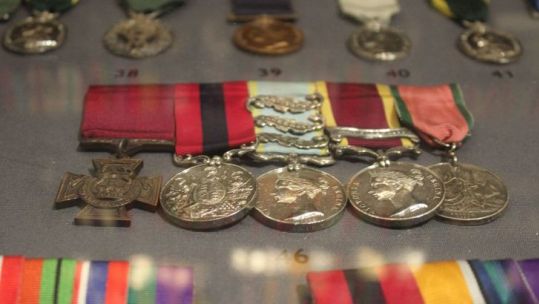
Chelmsford City Museum says it has reported the loss to Essex Police and remains in contact over the status of the missing items.

Admiral de Gaulle was the son of wartime military leader and French president General Charles de Gaulle.
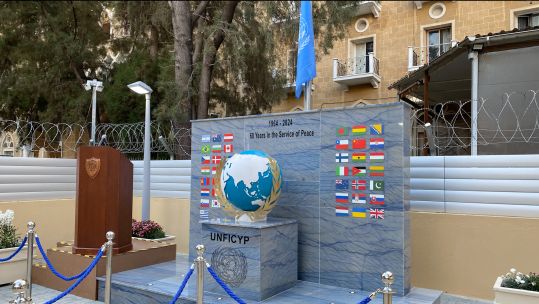
Colonel Ben Ramsay tells Forces News: 'I would hope that there aren't another 60 years of UNFICYP.'
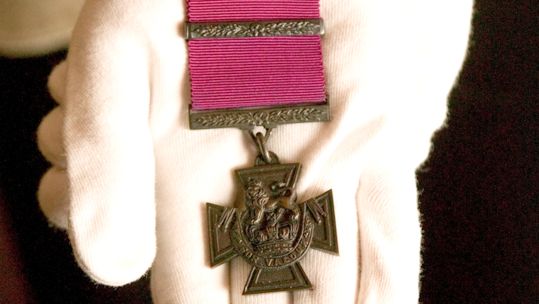
What is the Victoria Cross and who has received it?
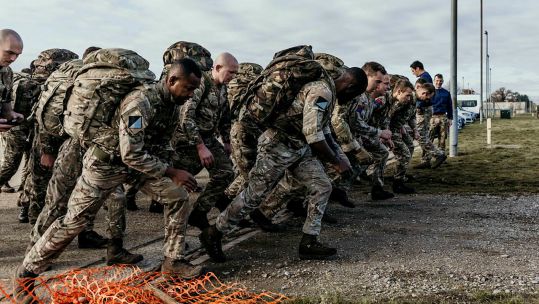
Which version of the spelling for the British Army's backpack do you believe is correct?
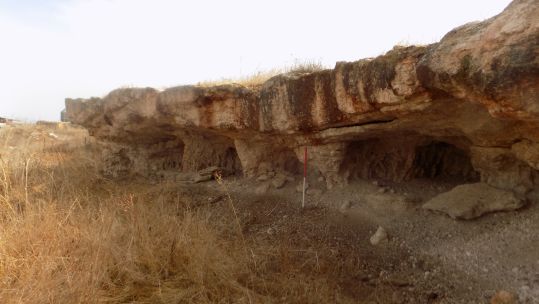
Up to 40 of the archaeological sites on the Mediterranean island are believed to date as far back as the Bronze Age.

The origin story for the nickname of the UN Buffer Zone in Cyprus might surprise you.
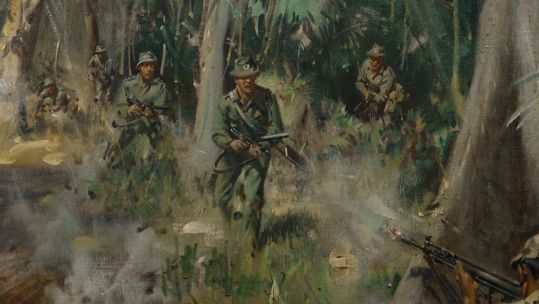
Changes will account for the growing Nepalese community in the UK.